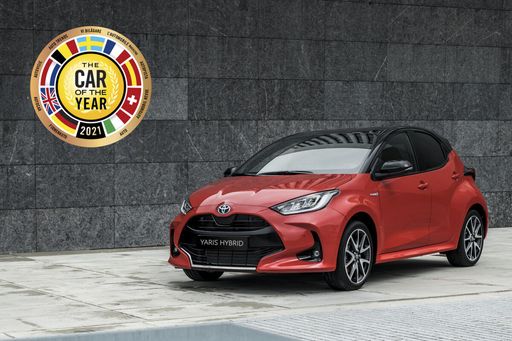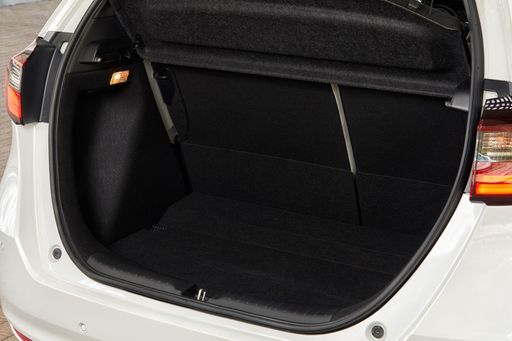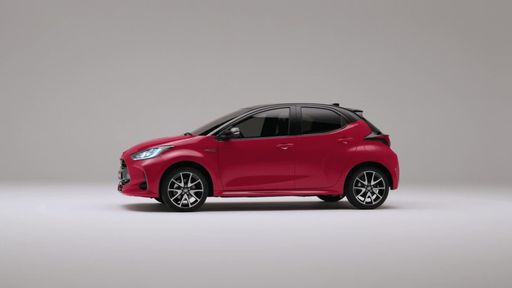Honda Jazz vs Toyota Yaris: A Comprehensive Comparison
In the fiercely competitive hatchback segment, the Honda Jazz and the Toyota Yaris stand out for their practical designs, advanced technology, and reliability. As both models advance into 2023 and 2024, respectively, they are equipped with innovative features that cater to modern drivers. This comparison aims to provide an in-depth look at their technical specifications, innovations, and overall value.







